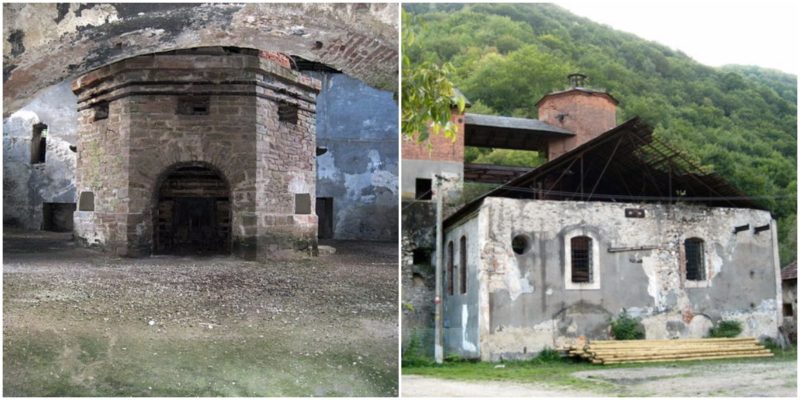It was the first blast furnace in Europe and second in the world to continuously produce iron. This Romanian blast furnace was used to smelting the iron for the construction of the Eiffel Tower in Paris. Even though the area is beautiful, as all of Transylvanian mountains are, today this neglected and disused building is drowning in debris and garbage.
Construction started after a decree was issued by the Imperial Public Administration of the Habsburg Empire in 1806. And by 1810 the building and the central blast furnace were completed.
This made the industrial site of Govãjdie in Chelari the most modern one Europe had to offer at the time. The Govăjdia furnace was very efficient and produced far more cast iron than there was demand for.
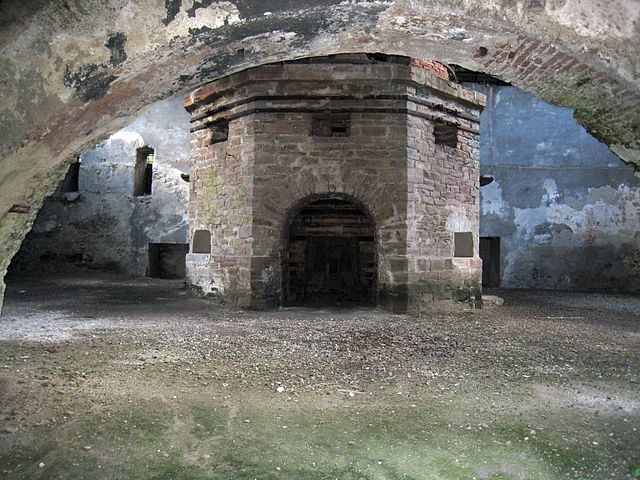
All of the iron this furnace produced was processed only in the workshops of Hunedoara. In just half a year, blast furnace Govăjdia produced enough cast iron material to keep the workshops busy for three years (almost 1400 tons). This meant that the furnace would take the first of it’s many idle periods in it’s lifetime.
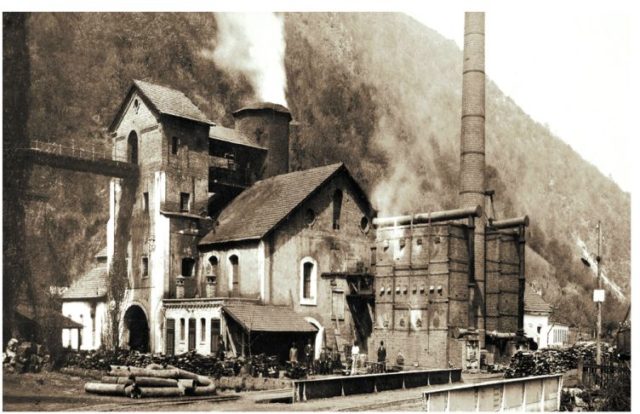
After the end of this great first period, the furnace underwent a series of repairs. Some years later, in 1837, a fire caused serious structural damage to the furnace. A great investment of 40,529 Hungarian Forints was approved by the government to restore the building, as well as additional expansion of the furnace. The water wheel for cooling was updated and the bellows compressor was improved. The furnace continued booming and breathed hot fire on the ore even harder and with more capacity and production than ever before.
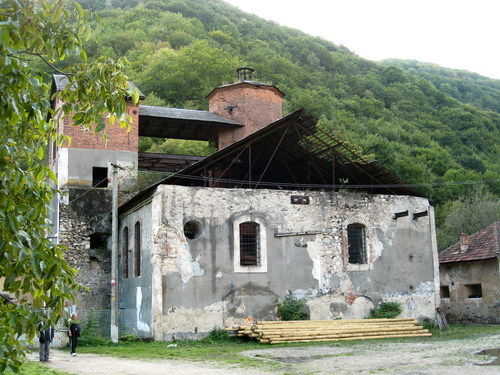
After 1841 more adjustments and improvements were made to the furnace. A new narrow gauge railway was installed that would make transporting ore much easier. Little wagons would load the ore directly into the furnace. Naturally the railway was made from iron cast by the Govăjdia furnace. It was 810 feet (247 meters) long and first of it’s kind in Transylvania. In 1900 it was extended all the way to the workshops of Hunedoara. Later it was extended even further and became known as the Transylvanian mining railway.
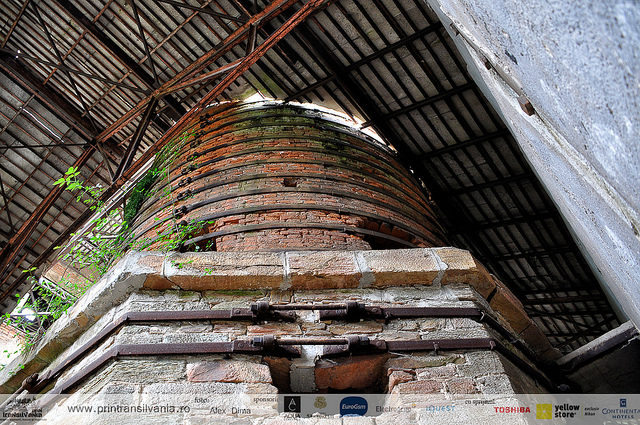
The continuous repair and upgrades on the Govăjdia blast furnace kept it’s systems up to date. It’s cooling mechanisms and production cycle were quite advanced and without a match throughout the continent. It’s peak in production and fame took this blast furnace literally to the top of the world, as between 1871 and 1889 the metal smelted there was used as a raw material in the process of building of the Eiffel Tower.
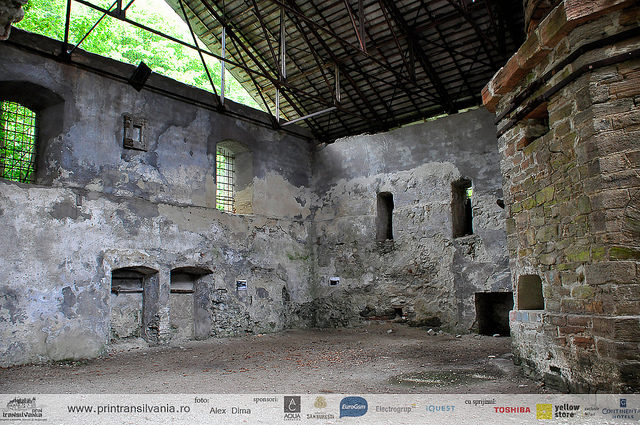
Work fell off after 1896 due to a new blasting furnace that opened in the Hunedoara region, the Hunedoara Steel Works. Govăjdia had its last period of stagnation between 1914 and 1916, during which the last repairs on the building were done. The next two years were the last functioning years of the Govăjdia blast furnace. The final batch of steel came out of the furnace doors in 1918 and the furnace was closed off for good in 1924.
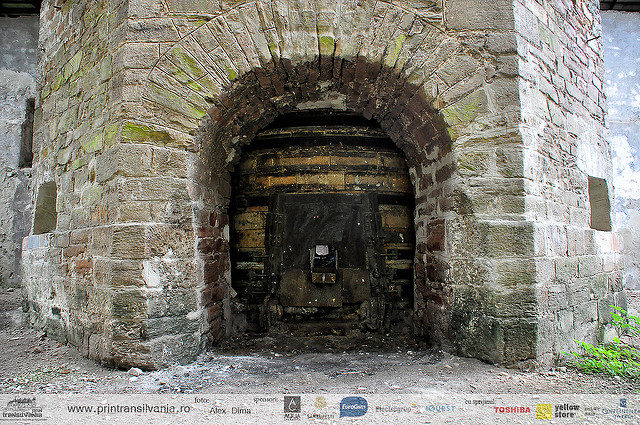
After a series of alleged tax evasions, or better to say unpaid taxes due to bankruptcy, the Hunedoara Steel Works lost the rights the property and the Govăjdia blast furnace was given to the Ghelari Municipality. The state of the building is very bad, even though the original furnace inside and it’s chimney are basically intact and look astounding with their original iron girdles still strong and in place. The roof and the exterior walls, as well as the interior of the building, are very much neglected and in need of renovation.
